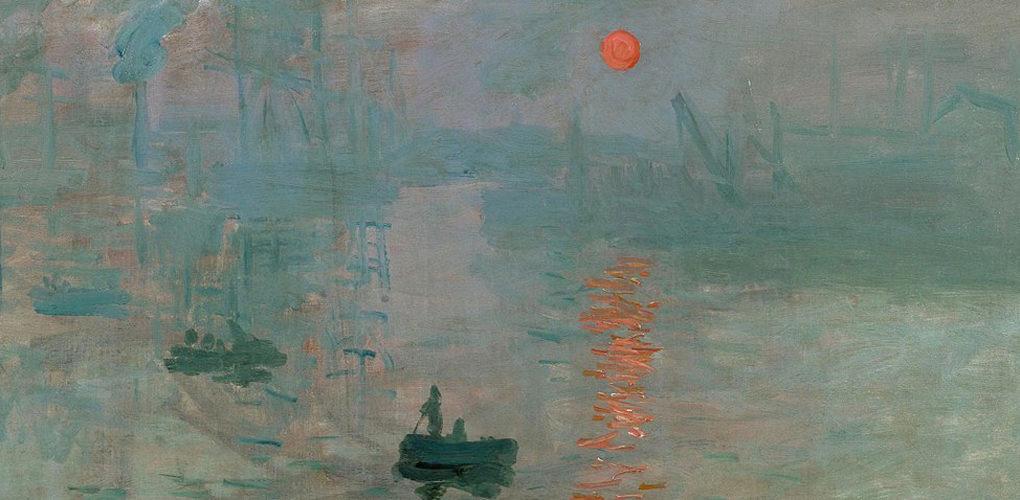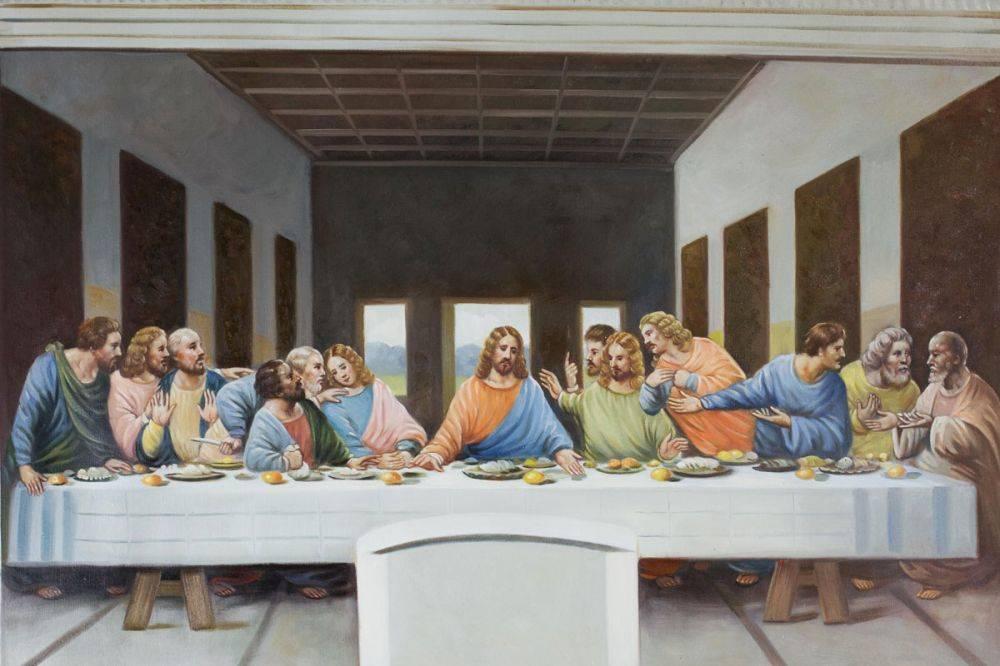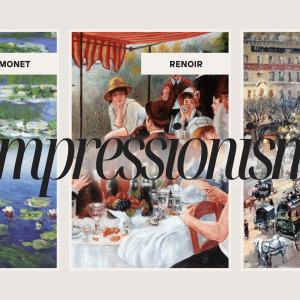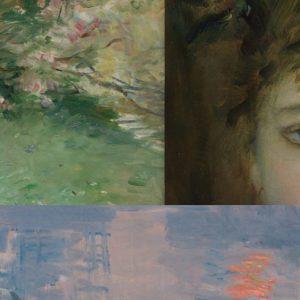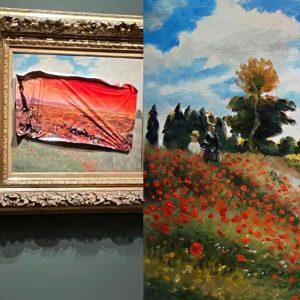Art
Claude Monet: Origins of Impressionism
As a youth, future famous artist, Claude Monet, enjoyed drawing and decided he wanted to become an artist. His father didn’t want him to, but he went on to school anyway at College du Havre for art, where he met Eugene Boudin who taught him the in plein air technique of painting. This was the start of Monet’s career. Later, after his mother died, he moved to Paris where he met many other future Impressionists, such as Manet and Pissarro.
The term ‘impressionism’ actually originated from one of Monet’s paintings called Impression, Sunrise. This painting was the most popular in an art exhibition that featured works from other Impressionists, including Cezanne, Degas, Pissarro, and Manet. Louis Leroy, art critic, coined the term ‘Impressionist’ based off of the title of Monet’s work, which was the most prominent piece in ‘The Exhibition of the Impressionists.’ This term was originally supposed to be part of a satire review, but the group of painters embraced it, and became known for their unclear renditions or ‘impressions’ of simple and ordinary subject matter.
The Era of Impressionism created a name for itself just by being so different than preceding movements. With it’s strange angles, use of pure color rather than mixed, and studies of lighting, Impressionism presented a fresh perspective in the art world. Contrary to traditional painting techniques, color was focused on more than shapes, and composition remained open and asymmetrical. Painters found that painting en plein air could allow them to capture lighting effects that were not the same as painting in an indoor studio.
Claude Monet’s style in Impression, Sunrise is actually quite different than his usual style, which rather featured small brushstrokes creating images full of color and light. He often featured Madame Monet and their own children in his paintings and they acted as models for him. Even while his wife suffered from tuberculosis, he painted her.
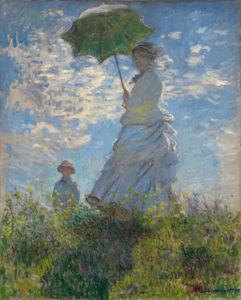
Monet played a huge role in the Impressionist art movement, and is widely considered the founder of Impressionism. Many artists and art lovers alike are still influenced and inspired by his work today. His paintings will always remain a timeless treasure to the world of art, and will provide enjoyment for generations to come.
